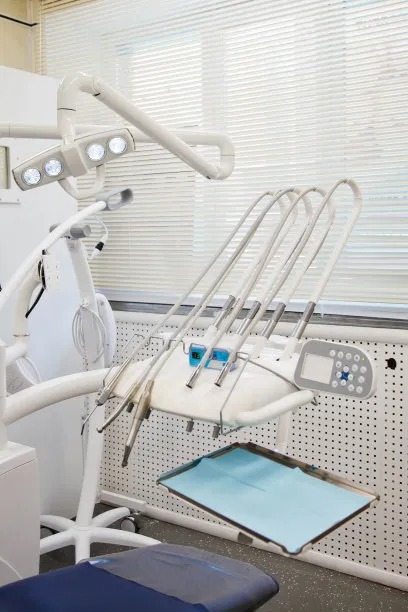Considering the Best Practices and Recovery Tips When You Need to Extract a Tooth for Oral Health
Summary: The process of tooth extraction is often a necessary procedure for maintaining oral health, but it is essential to understand best practices and recovery tips associated with this treatment. This article elaborates on four critical aspects regarding tooth extraction: the indications for extraction, the procedure itself, post-operative care, and potential complications. Each section will provide valuable insights into ensuring a smooth extraction experience and effective recovery. By following these guidelines, one can minimize discomfort, reduce the risk of complications, and promote a healthier mouth after the procedure.
1. Recognizing When Tooth Extraction is Necessary

Tooth extraction is not a decision made lightly; it is often the last resort when other treatments fail. Common reasons include severe tooth decay, infection, overcrowding, or orthodontic requirements. Understanding these indicators is crucial for making informed decisions about your oral health.
Severe tooth decay is perhaps the most common reason for extraction, where the damage cannot be repaired by fillings or crowns. This situation can lead to ongoing pain and complications if not addressed. In such cases, removing the affected tooth can alleviate discomfort and prevent further deterioration of surrounding teeth.
Another scenario would be overcrowding—when the mouth does not have enough space to accommodate all teeth properly. This condition can lead to misalignment and significant orthodontic issues. Dentists may recommend extraction to create sufficient space for proper alignment, improving both functionality and aesthetics later on.
2. Understanding the Tooth Extraction Procedure
The tooth extraction process typically begins with a comprehensive examination conducted by the dentist. Diagnostic imaging, such as an X-ray, often precedes the extraction to assess the situation accurately. This step is critical for identifying the tooths root structure and the surrounding bone.
Once the assessment is complete, local anesthesia is administered to ensure that the patient experiences minimal discomfort. For more complex extractions, such as impacted wisdom teeth, sedation options may be available. The extraction itself involves loosening the tooth through careful manipulation before removing it from the socket.
After the tooth is extracted, the dentist may place gauze over the extraction site to control bleeding and aid in clot formation. Instructions for care immediately following the procedure are crucial for the patients recovery and will include advice on pain management and dietary restrictions.
3. Implementing Effective Post-Operative Care
Post-operative care is vital to healing after a tooth extraction. Initially, patients are advised to rest and avoid strenuous activities for at least the first 24 hours. Lying down with the head elevated can help reduce swelling while promoting blood circulation to the area.
Diet plays a significant role in recovery. Soft foods such as yogurt, applesauce, and smoothies are recommended in the initial days following the extraction. Staying hydrated is essential, but one should avoid drinking through straws, as suction can dislodge the blood clot, leading to complications such as dry socket.
Pain management may involve prescribed medications or over-the-counter solutions. It is important to follow the dentist’s guidelines regarding medications and to report unusual or prolonged pain to ensure proper recovery.
4. Identifying and Managing Possible Complications
Though tooth extraction is generally safe, complications can arise. Dry socket is one of the most common issues, occurring when the blood clot that forms over the extraction site becomes dislodged or dissolves, exposing the bone and nerves underneath. This condition is painful and can delay healing.
Signs of dry socket include increased pain several days after the extraction, a foul taste in the mouth, or visible bone at the extraction site. If any of these symptoms occur, contacting a dentist for treatment is crucial to avoid further complications.
Infections are another risk post-extraction, which can be indicated by persistent swelling, redness, and discharge from the extraction site. Antibiotics are often prescribed pre-emptively or after signs of infection appear, emphasizing the importance of following all post-operative care instructions carefully.
Summary:
The journey through tooth extraction plays a significant role in maintaining optimal oral health; recognition of when to extract a tooth, understanding the procedures involved, adhering to strict post-operative care measures, and being aware of potential complications are essential for a successful outcome. By following the best practices discussed here, patients can ensure smoother experiences and faster recoveries.
This article is compiled by Vickong Dental and the content is for reference only.



